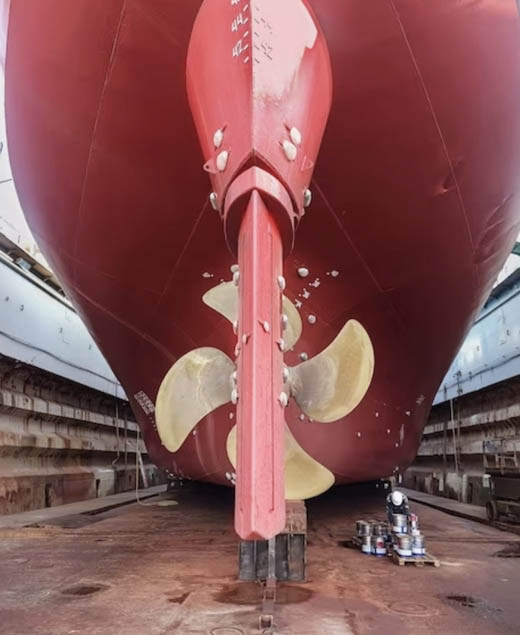
The search for energy efficiency in the dynamic realm of maritime operations has prompted the investigation of novel approaches. Propeller ducts, wake equalizing ducts, and propeller boss cap fins are examples of Energy Saving Devices (ESDs) that have become important components in enhancing vessel performance.
Model testing has historically been used to evaluate ESDs and ensure their effectiveness prior to actual vessel implementation. But there are difficulties in moving from model to full-scale evaluations, and the scaling consequences of ESDs require careful research. Numerical approaches are a highly advanced collection of tools that are proven to be quite helpful in deciphering the complexities of full-scale vessel dynamics.
Understanding how ESDs affect energy efficiency greatly depends on numerical models. The main goal is to redefine speed-power curves by exploring the flow dynamics surrounding these devices, which will improve the vessel’s overall performance.
Most importantly, the determination of the reference speed needed for Energy Efficiency Existing Ship Index (EEXI) computations is greatly aided by numerical methodologies. Computational Fluid Dynamics (CFD) simulations frequently produce greater reference speeds than conventional empirical formulations based on vessel Deadweight Tonnage (DWT). This ultimately leads to a lower EEXI, which more accurately reflects the energy efficiency of a vessel.
Numerical simulations are so versatile that they can be used for complex inquiries like resistance-reducing bow optimization. The utilization of Computational Fluid Dynamics techniques facilitates an in-depth investigation of different design alterations, providing insights that could be difficult to obtain using traditional methods. Numerical simulations also become essential for researching the complexities of ESDs and forecasting future gains in energy efficiency. Maritime stakeholders can steer their vessels toward a more environmentally friendly and efficient future by making well-informed decisions based on a thorough understanding of the flow dynamics surrounding these devices.
To sum up, combining cutting-edge computational methods with conventional marine procedures is a critical first step toward reaching hitherto unheard-of levels of energy efficiency. These tools enable the marine industry to steer towards a sustainable and efficient maritime future, minimize environmental impact, and improve vessel performance as we sail the seas of innovation.